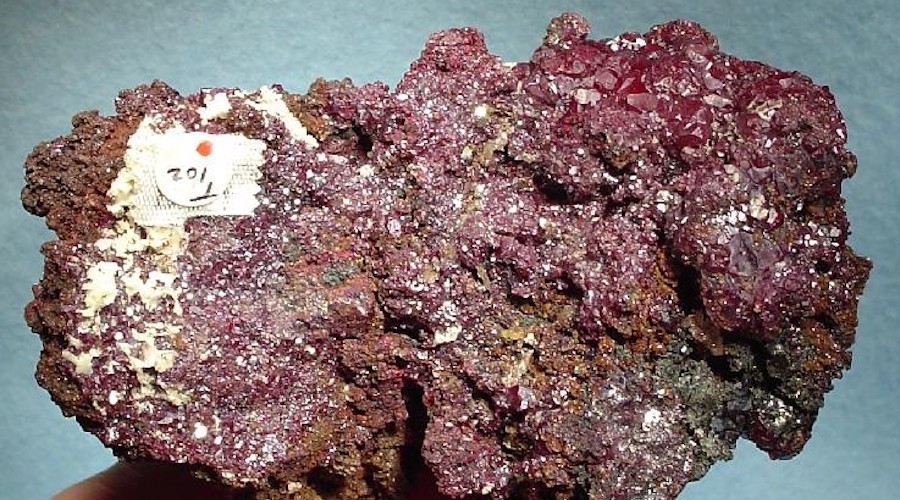These compounds are commonly used in carbon capture, utilization, and storage (CCUS), purification and recycling of inert gases in solar panel manufacture, thermochemical energy storage, and generation of hydrogen for energy.
These processes are based on reactions in which metal oxides accept and release electrons, so-called redox reactions. However, the performance of metal oxides suffers from redox reactions at the high temperatures required for chemical manufacture.
This is where Imperial College London technology comes in.
According to Michael High, co-lead author of the study presenting the new solution, metal oxides play a key role in a relatively new process called Chemical Looping Combustion (CLC).
CLC is an alternative method of burning fossil fuels that uses metal oxides, such as copper oxides, to carry oxygen from the air and react with the fuel. The reaction produces CO2 and steam, which is condensed to enable the efficient capture of CO2 and prevent it from entering the atmosphere.
By capturing the CO2 produced, CLC can help people use fossil fuels in a cleaner way.
However, a key problem that has prevented CLC from being used on a larger scale is the inability of metal oxides to maintain good oxygen release performance over multiple redox cycles at high temperatures.
To address this issue, the researchers studied the basic structures of the metal oxides used in CLC and argued that the precursor chemistry of metal oxides was poorly understood, limiting their rational design.
“To solve the question of how metal oxides maintain their performance, we looked at the fundamentals of the chemical processes involved in CLC,” High said in a media statement. “This is a key example of combining fundamental research and intelligent design to create a strategy that is applicable to a variety of design processes.”
The researcher and his colleagues used an alternative way to construct the metal oxide structure from a known precursor consisting of copper-magnesium-aluminum-coated double hydroxides (LDHs).
By adapting the chemistry of LDH precursors, scientists found they could produce metal oxides that still function well at remarkably high temperatures.
They demonstrated this by subjecting the oxides to 100 chemical cycles for 65 hours in a widely used type of reactor called the fluidized bed reactor.
Their greater resistance to heat means that metal oxides produced in this way can be used to generate more energy from the purification and recycling of inert gases such as argon in solar panel manufacture, carbon capture and storage, chemical energy storage and manufacturing release of clean hydrogen. To demonstrate this, the group expanded the production of metal oxides for use in fluidized bed reactors. They found that the fabrication of these materials is simple and readily amenable to scale-up using existing industrial manufacturing methods.
“As the world moves to net zero, we need more innovative industrial processes to decarbonize,” said Qilei Song, senior author of the study. “To improve energy security, we need to diversify power supply, from renewable energy generation and storage to clean use of fossil fuels with CCUS technologies. Our improved metal oxides have great potential for use in energy processes that will help us achieve net zero.”
According to Song, the new solution is already having a global impact on argon recycling in the manufacture of solar panels and should help unlock even more energy from existing energy technologies to help combat the climate crisis.
#process #enables #production #metal #oxides #crucial #green #energy #transition


Leave a Comment